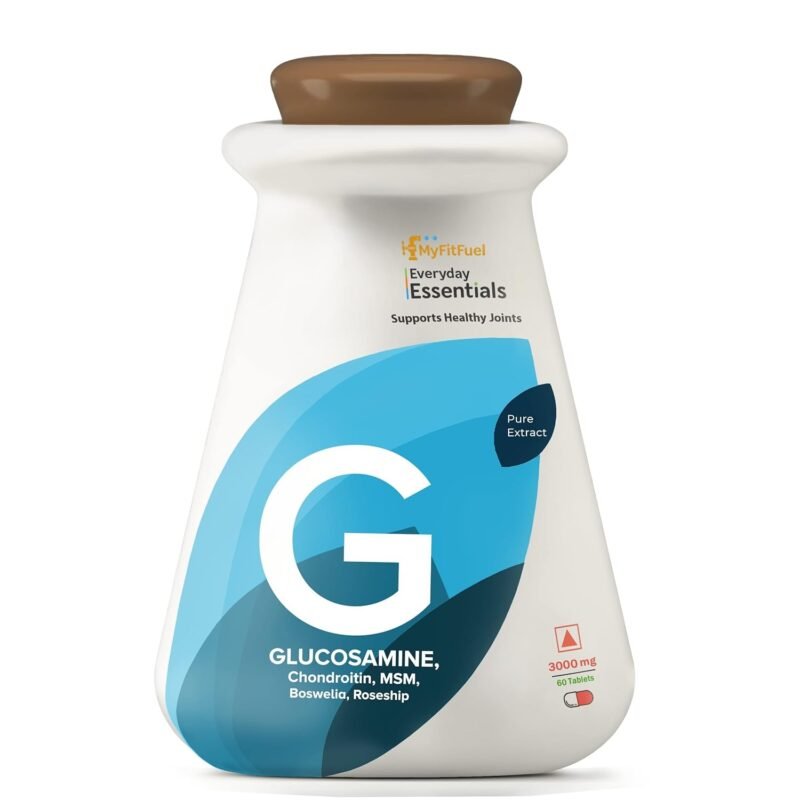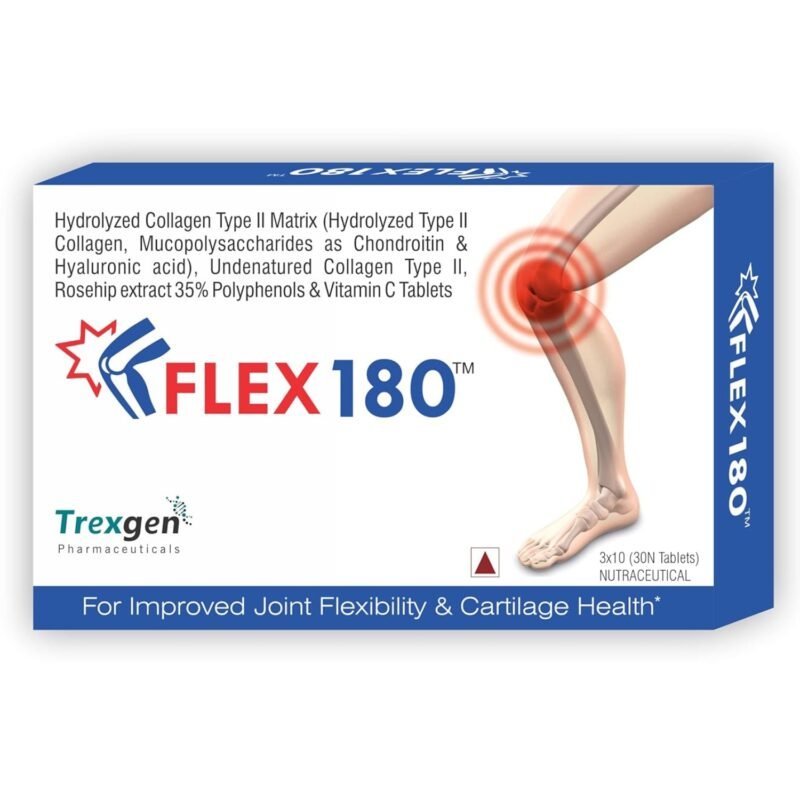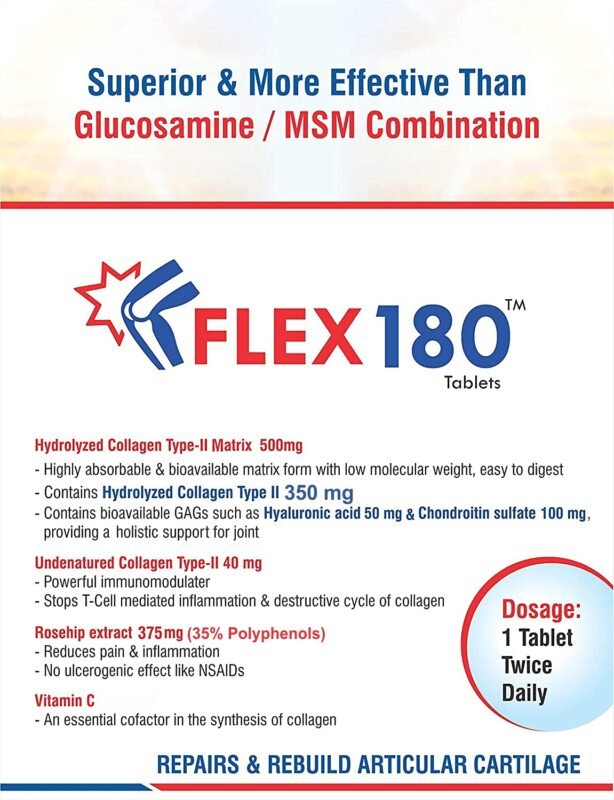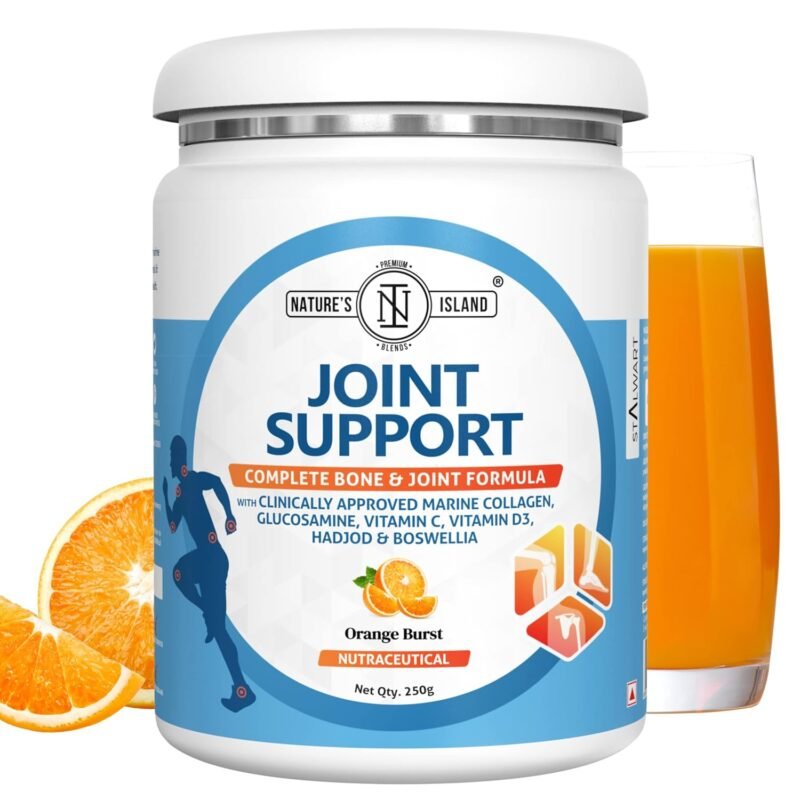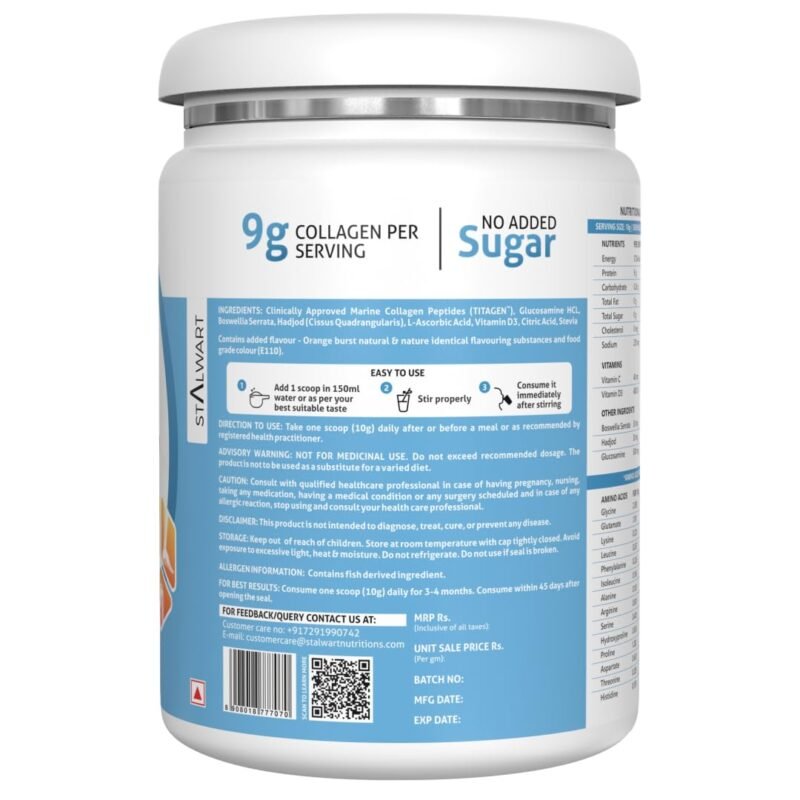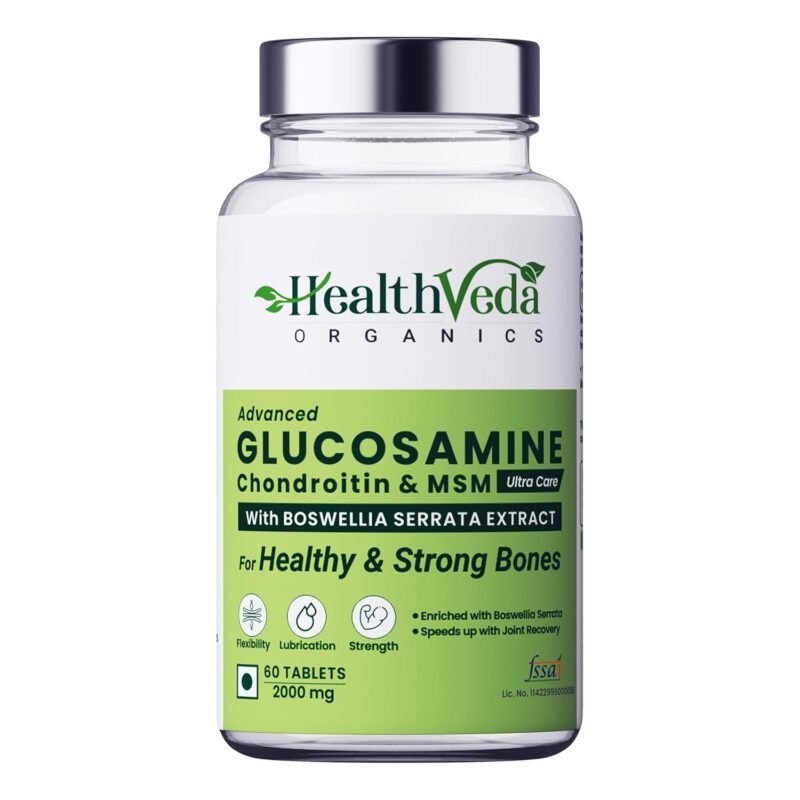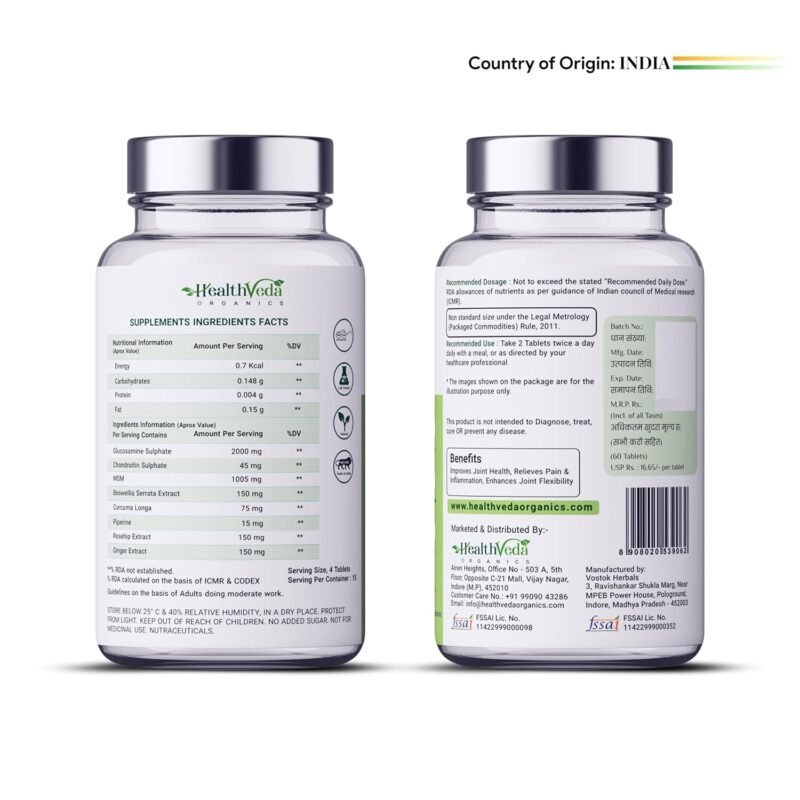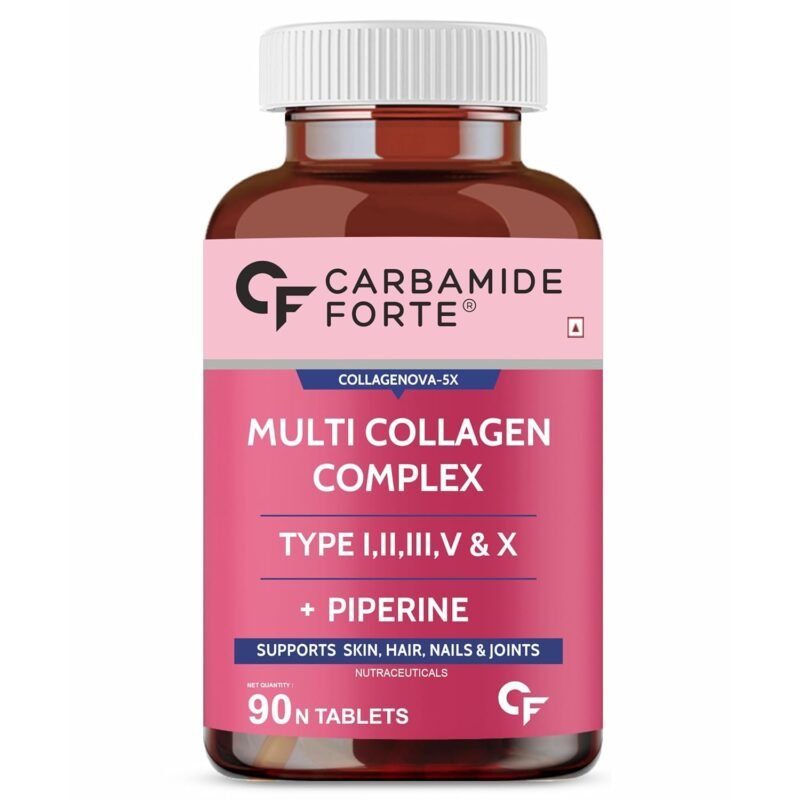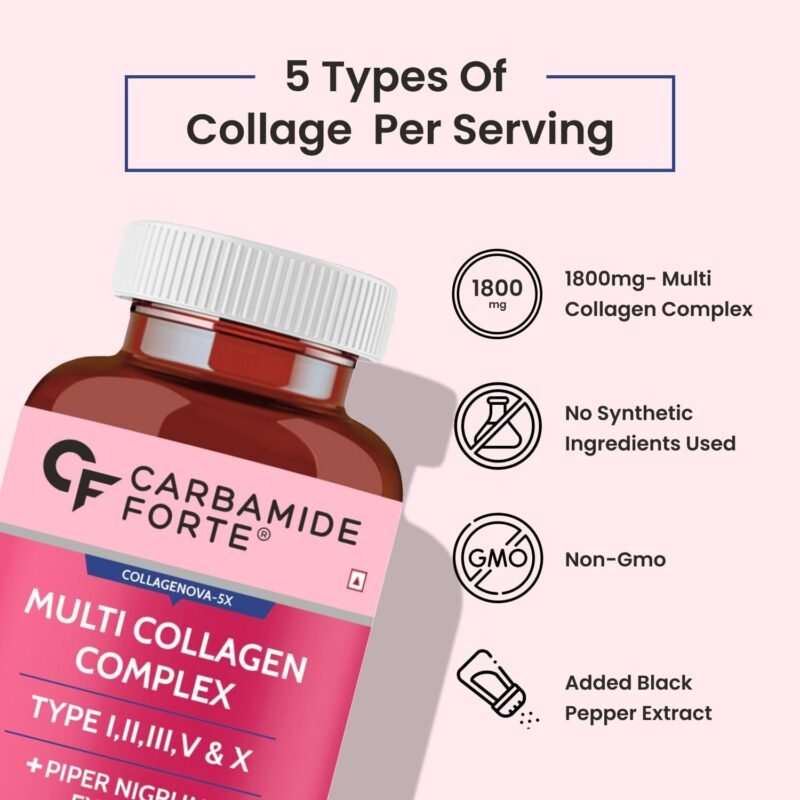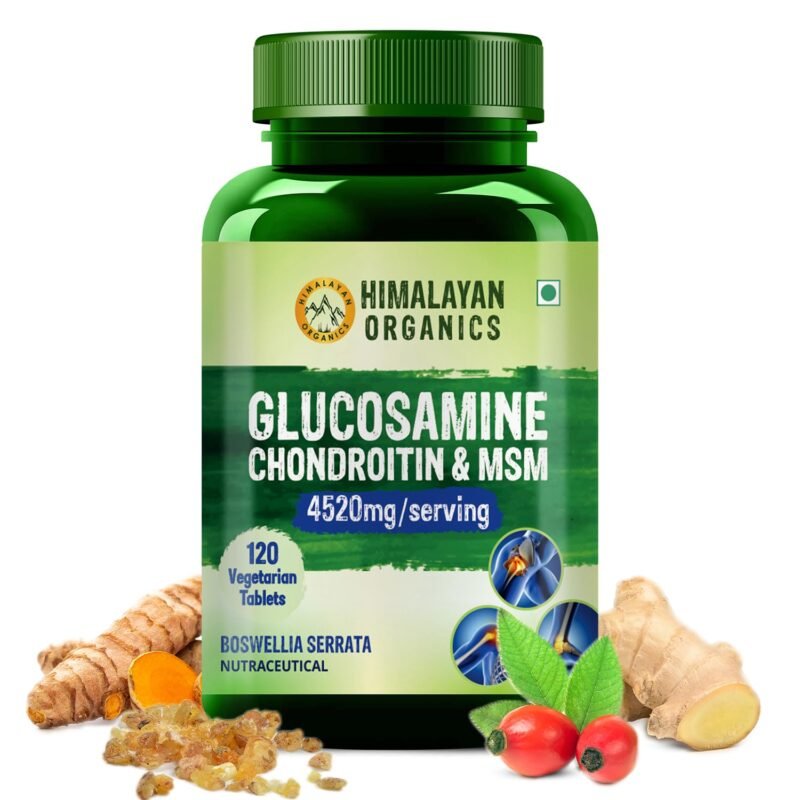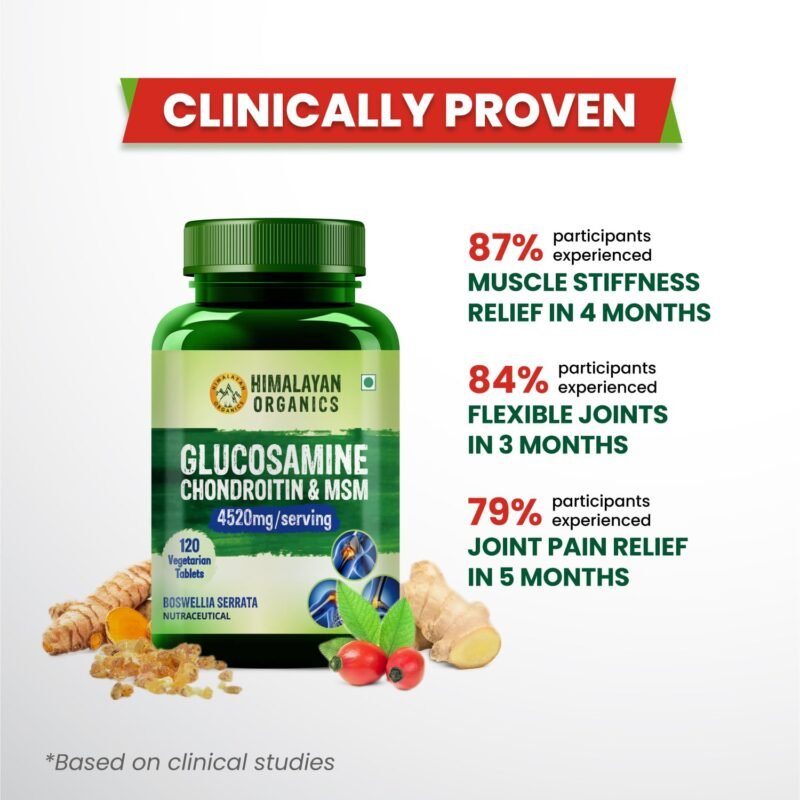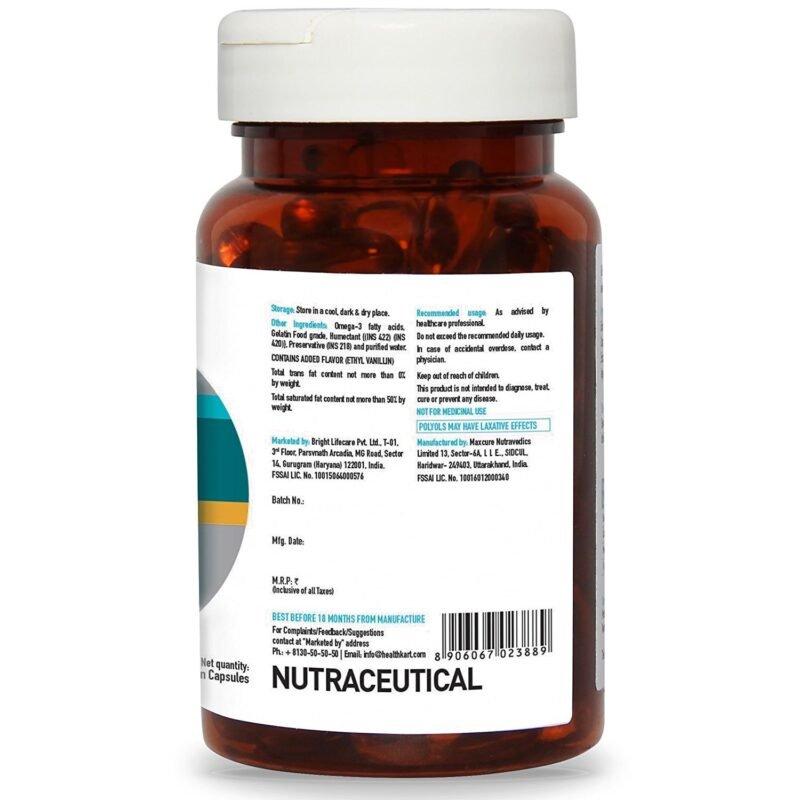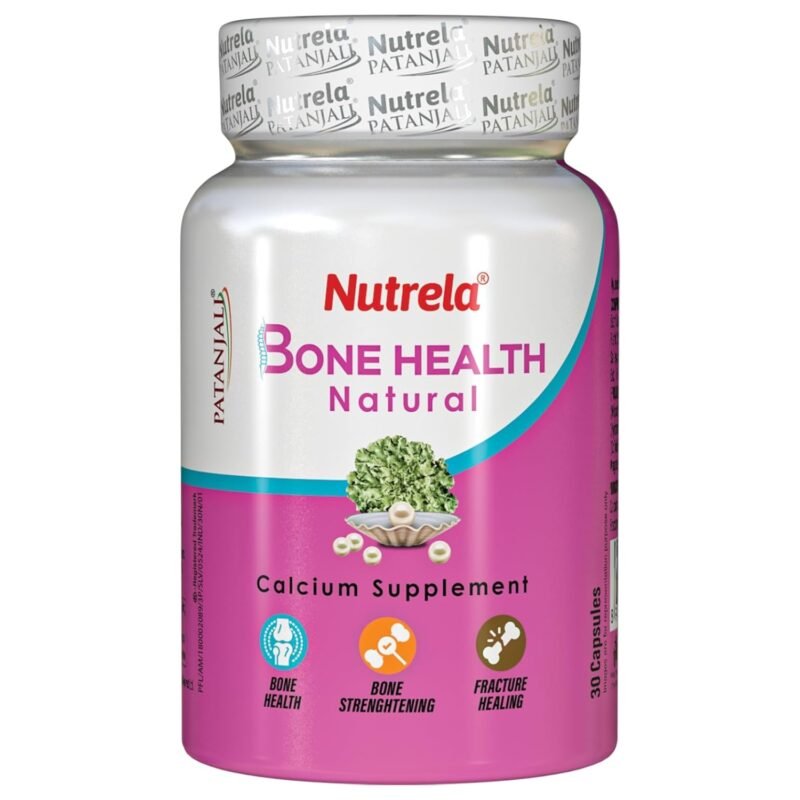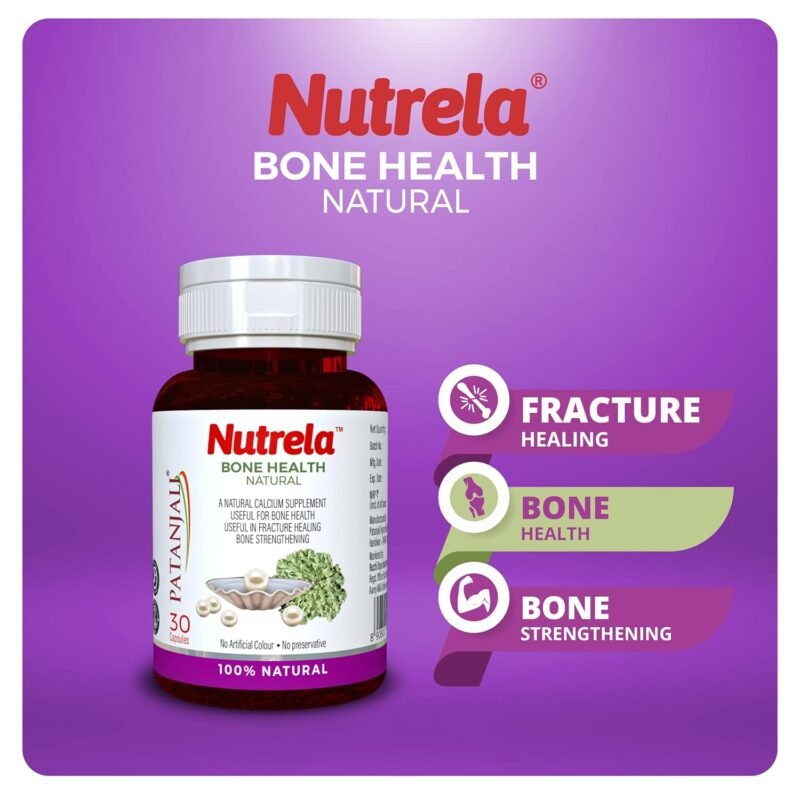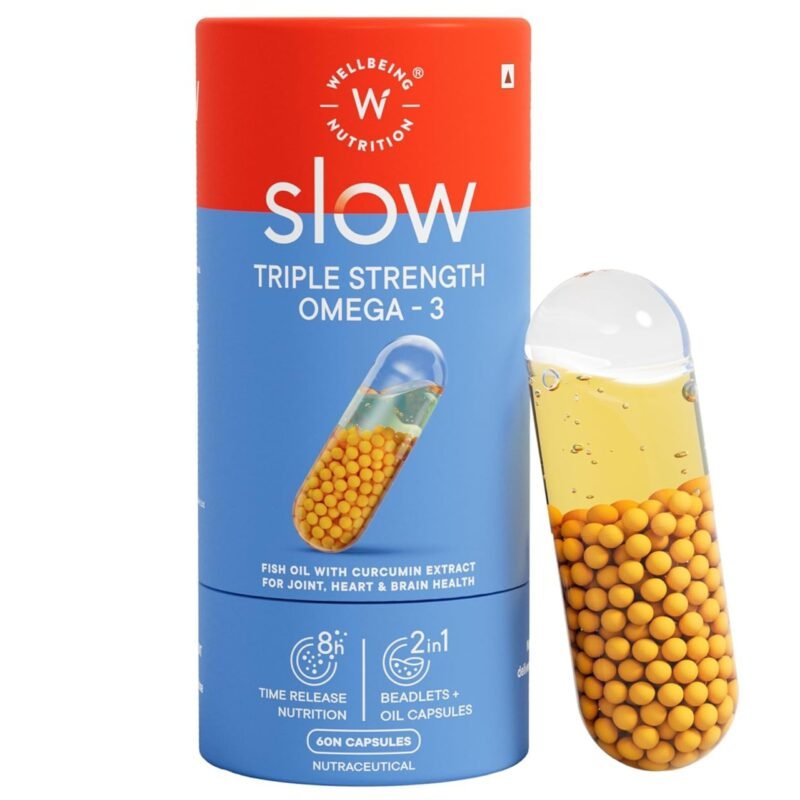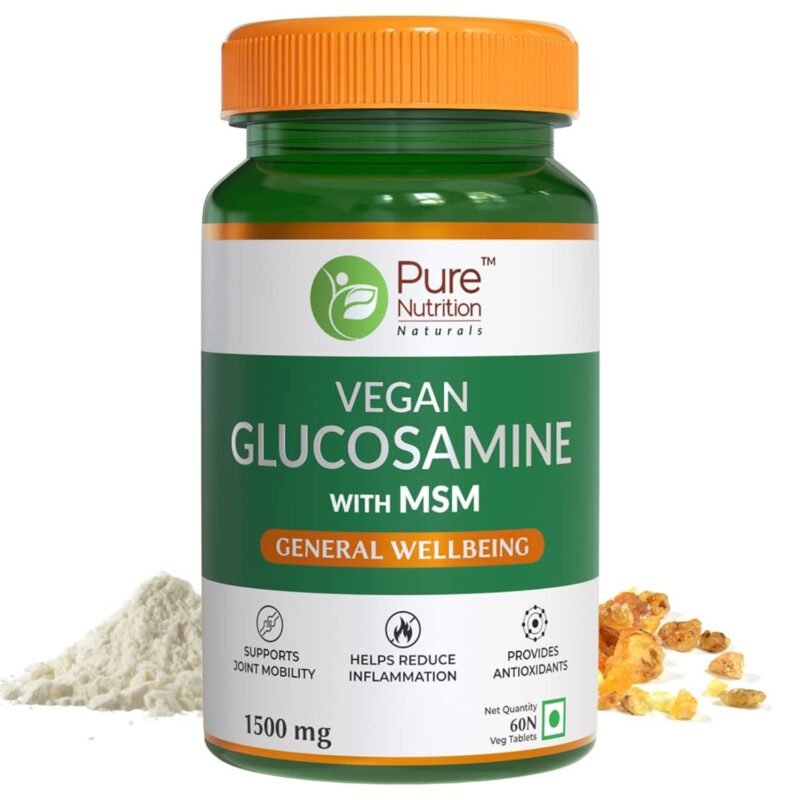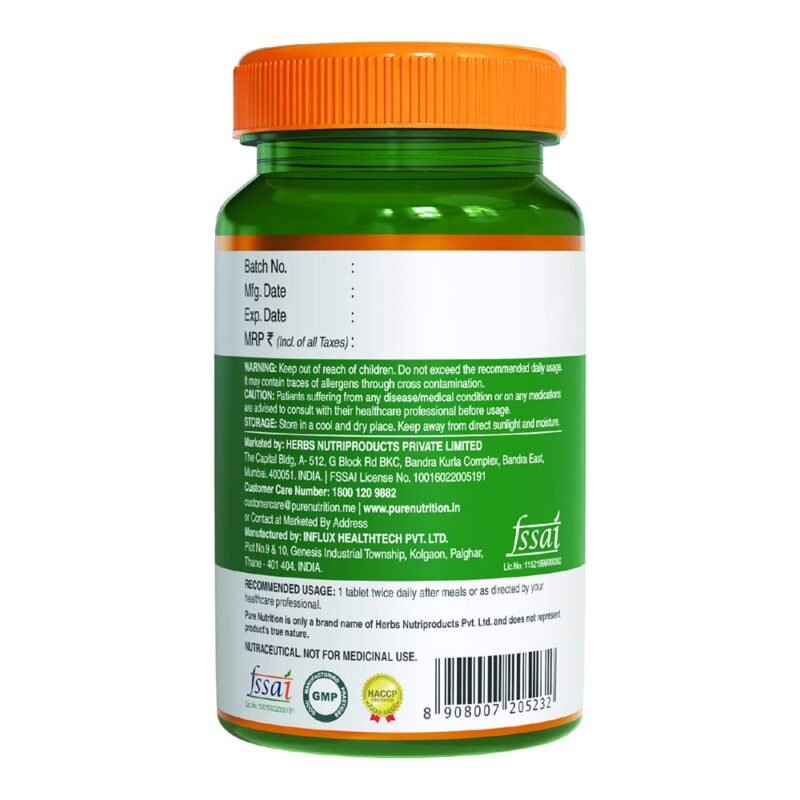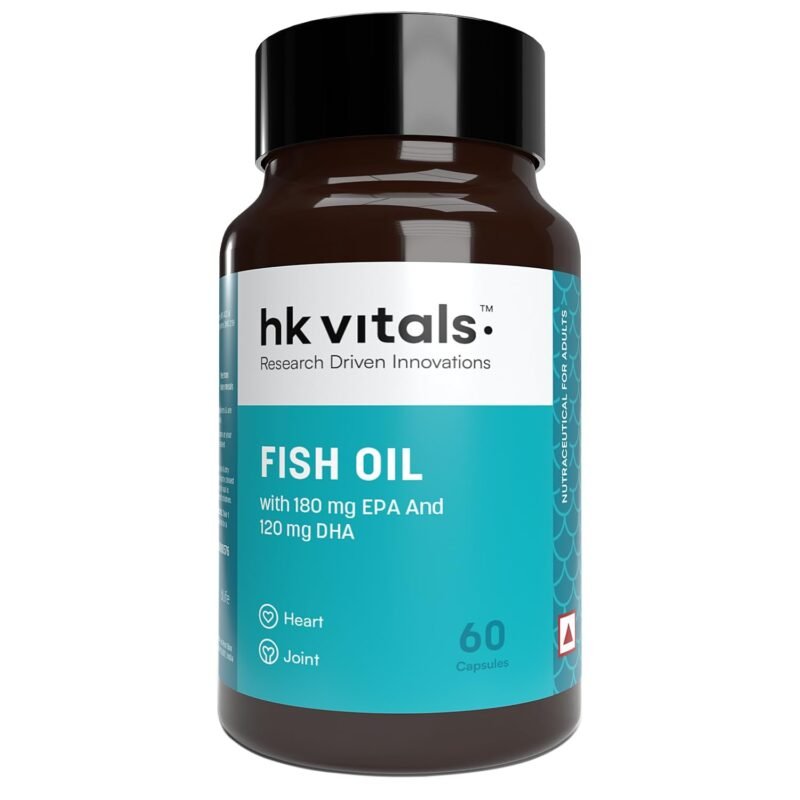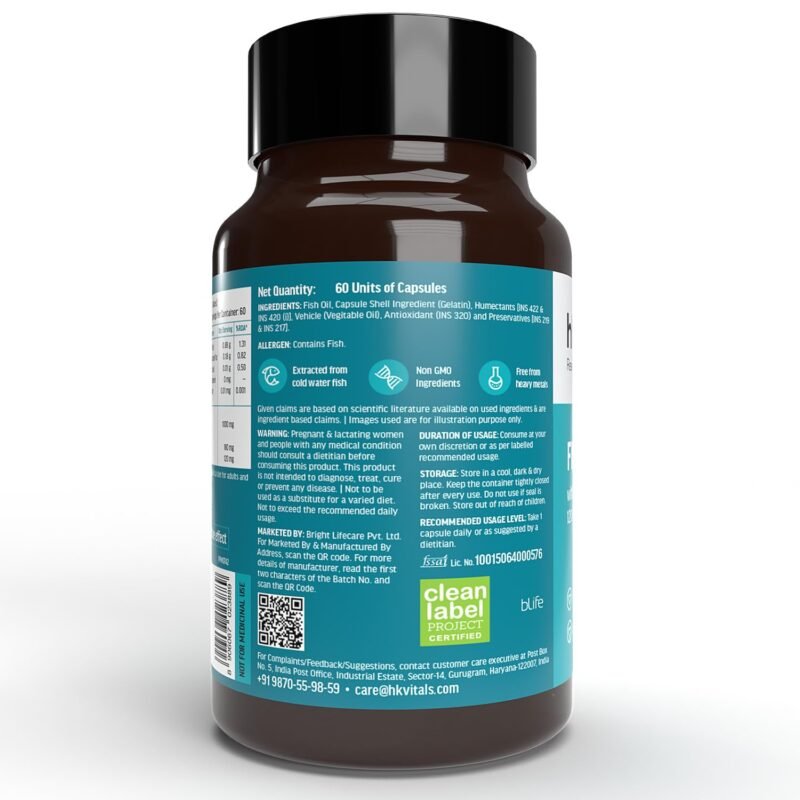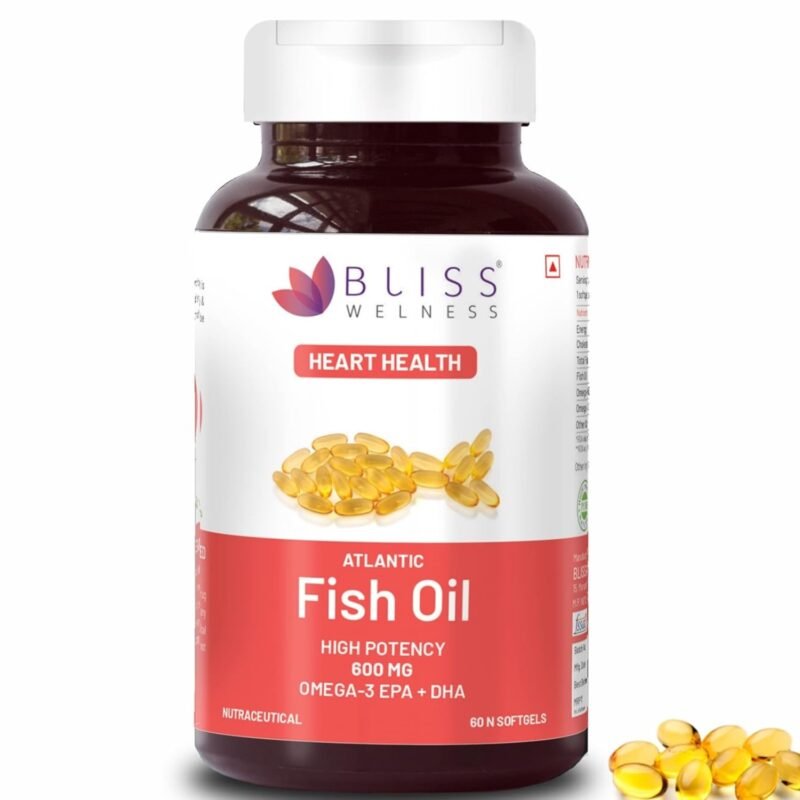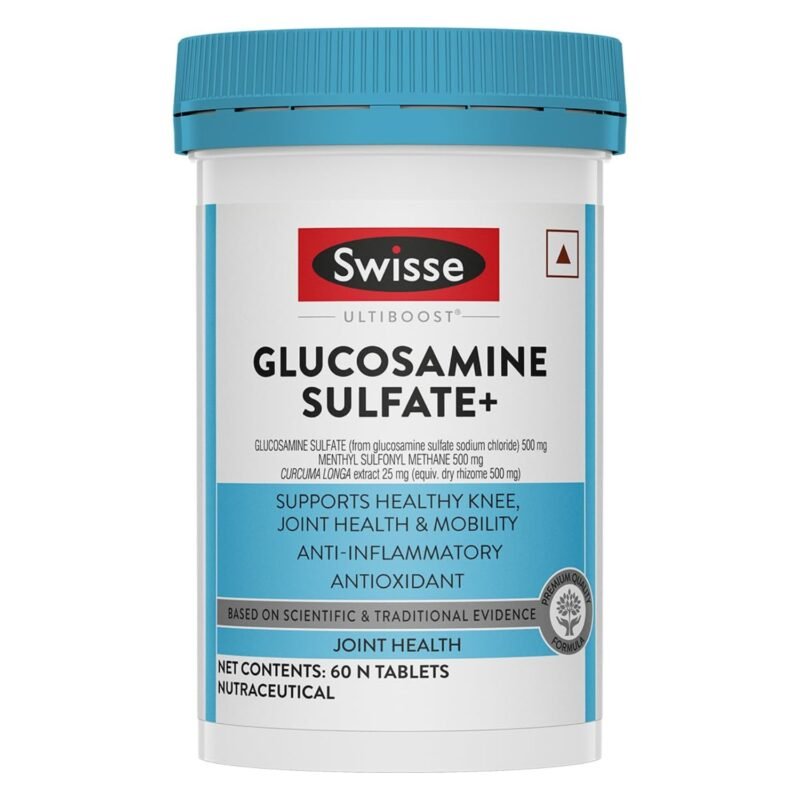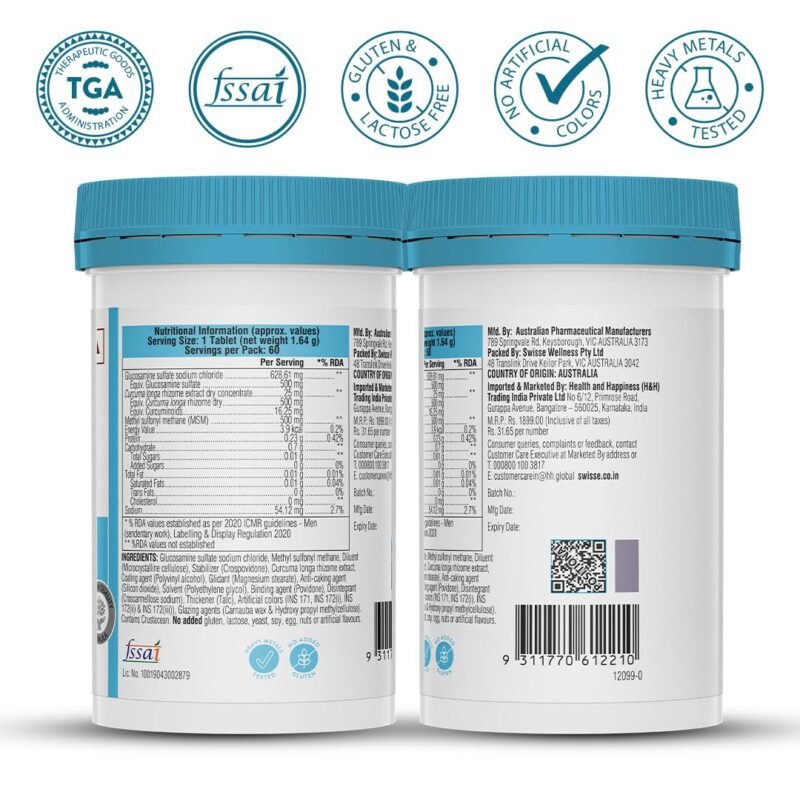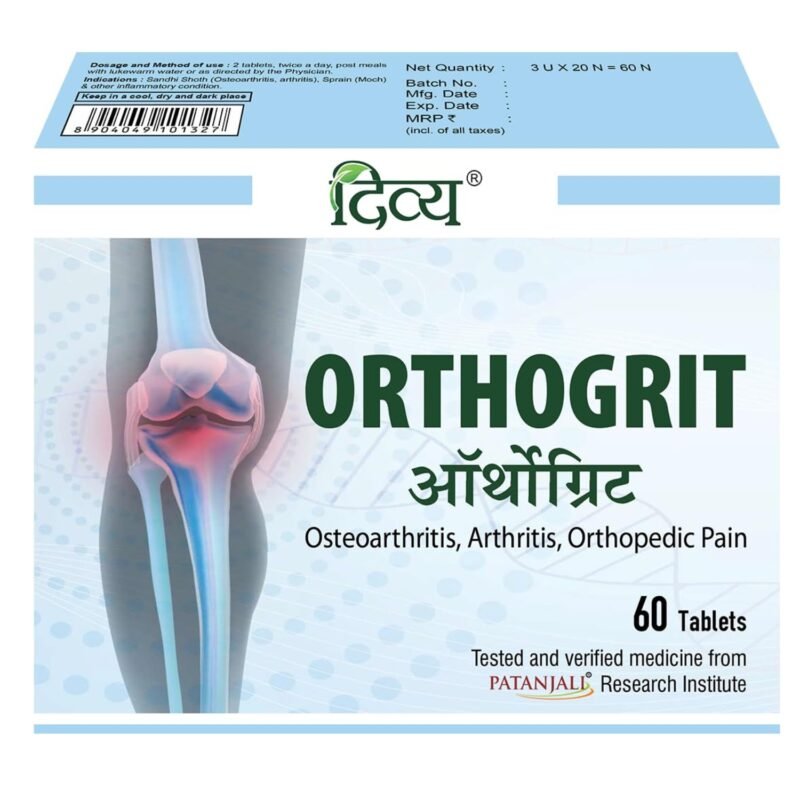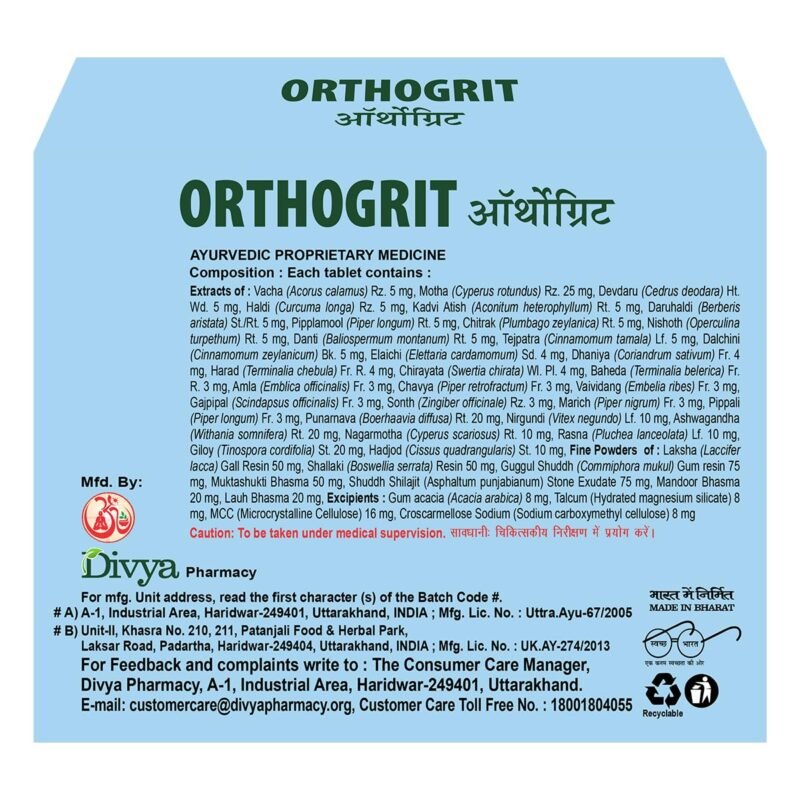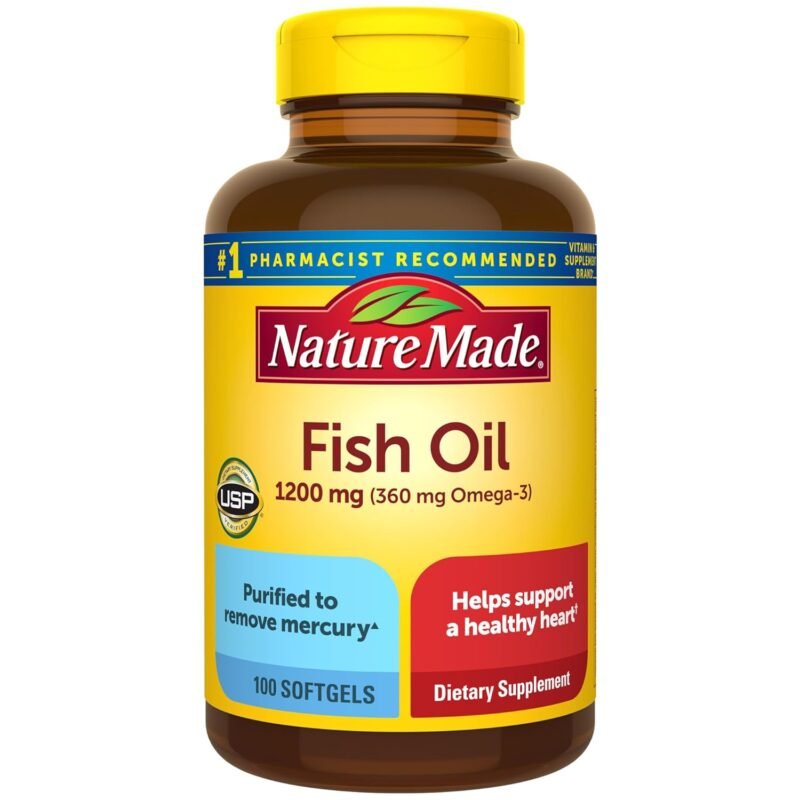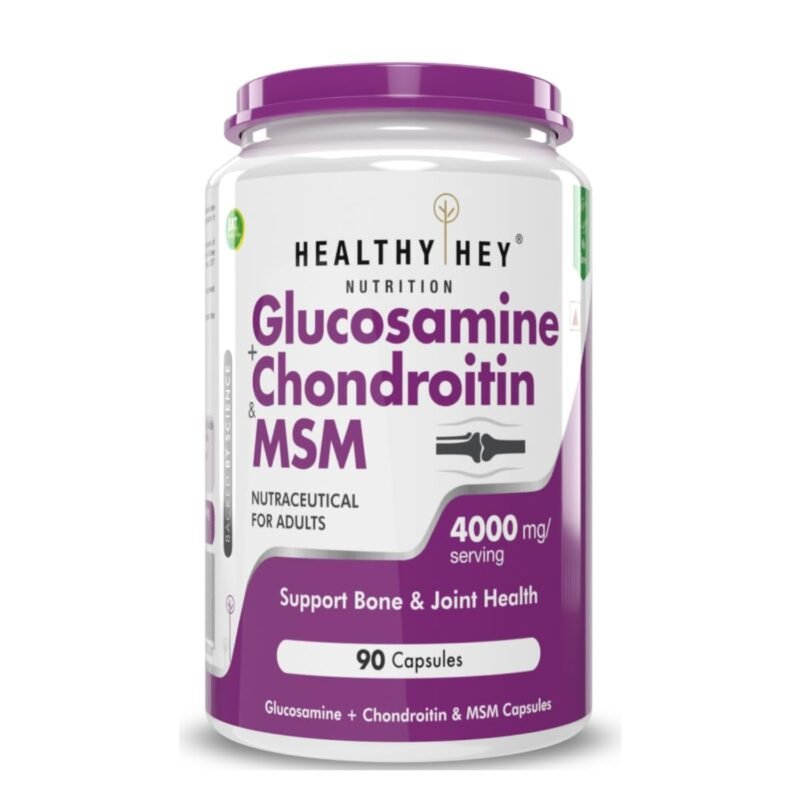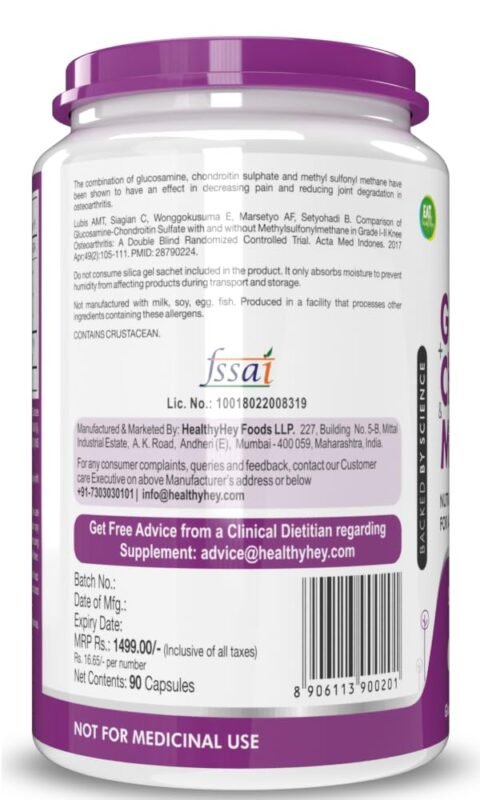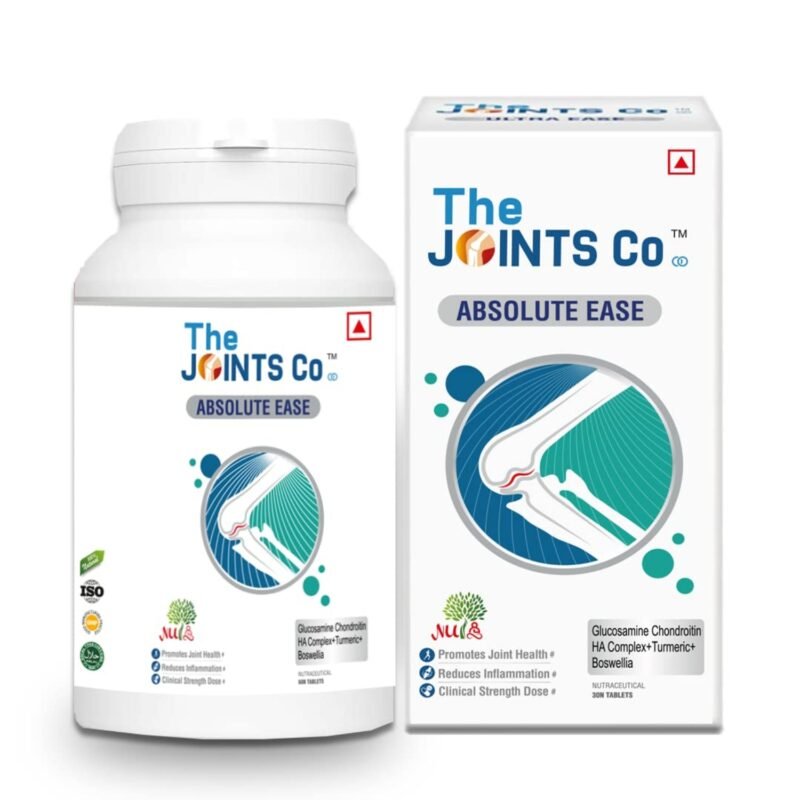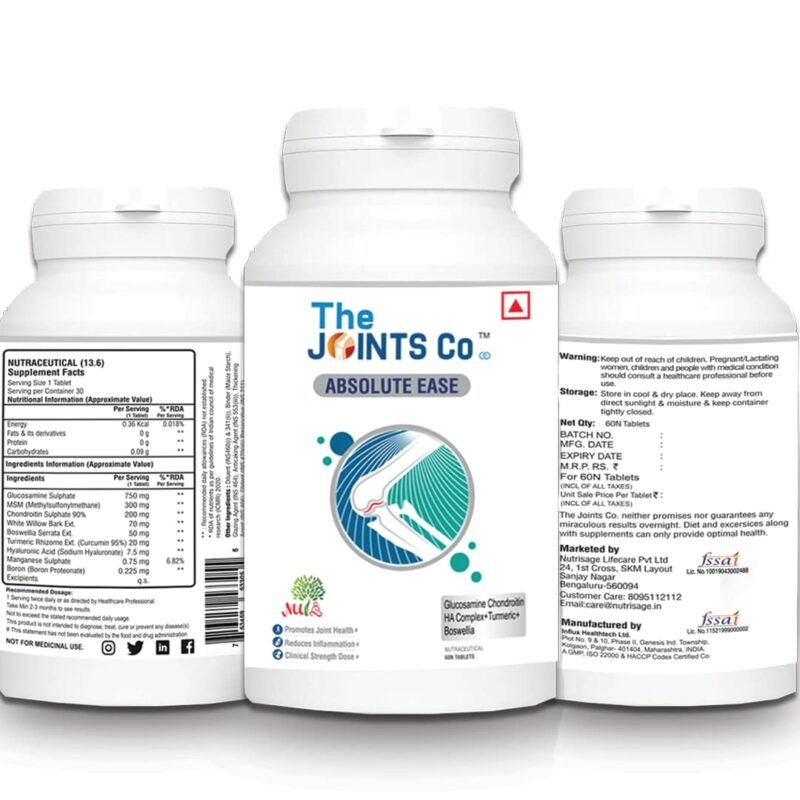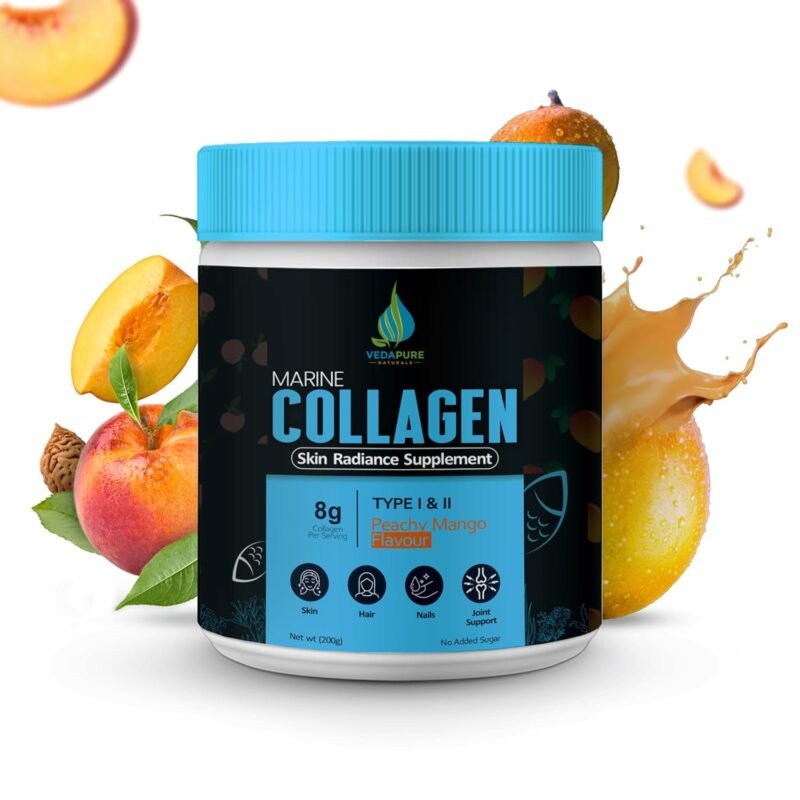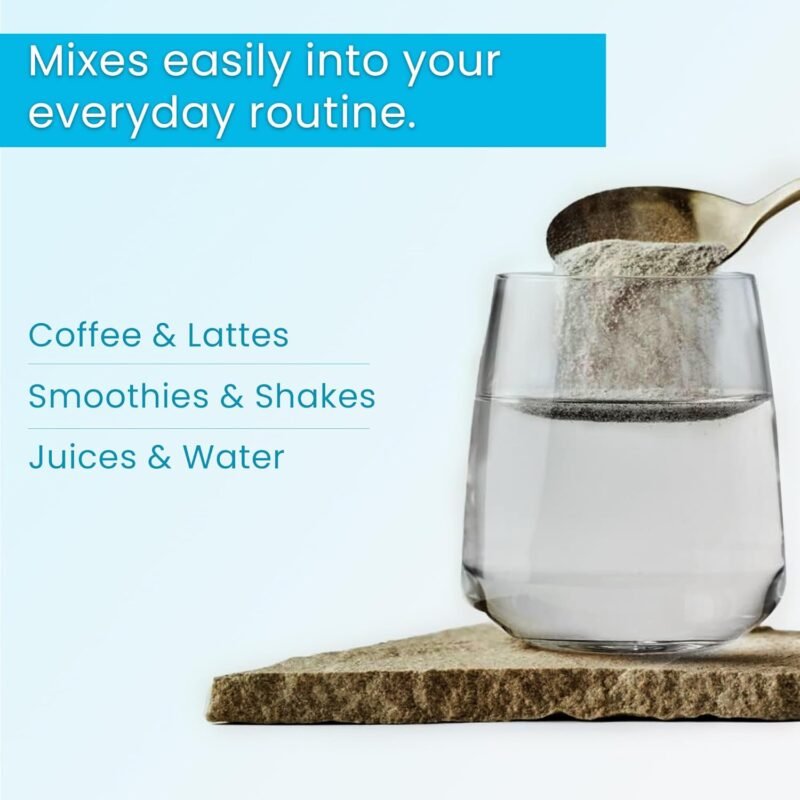Bone & Joint Health
Welcome to our Bone & Joint Health category page, offering a wide range of products to support your health goals. The bones and joints that hold us up and let us move are very important to take care of. Just think about how hard it would be to walk or run without them. Let’s pay attention to them because of this. To do the things we love without pain or discomfort, our bones and joints need to be healthy. Our bones and joints keep us busy and happy, whether we’re dancing, playing sports, or just going for a walk in the park. You can find a variety of goods at Medihealthway that can help your bones and joints because we know how important they are. Everything you need to keep your bones and joints in great shape is here, from medicines to workouts. Start getting healthy right now by going to our website.
Filter by price
Product categories
Fytika Healthcare Products Omega 1000| Fish Oil Om…
Fast&Up Promega with Double Strength 1250 mg …
MyFitFuel Joint Support Supplement Glucosamine wit…
Trexgen FLEX180™ Advanced Total Joint Pain &…
Nature’s Island Joint Support Supplement wit…
Health Veda Organics Plant Based Glucosamine Chond…
Carbamide Forte Hydrolyzed Multi Collagen Tablets …
Himalayan Organics Glucosamine Chondroitin MSM wit…
HealthKart hk vitals Fish Oil Capsule For Men And …
Nutrela Bone Health Natural Calcium for Supplement…
Wellbeing Nutrition Slow Triple Strength Omega 3 F…
Pure Nutrition Vegan Glucosamine MSM with Boswelli…
WOW Life Science Omega-3 Fish Oil 1300 mg Triple S…
HealthKart HK Vitals Fish Oil For Men And Women (6…
Bliss Welness Omega 3 Fish Oil Gold | Cold Pressed…
Swisse Glucosamine Sulfate+ (60 Serving Pack, Only…
PATANJALI DIVYA ORTHOGRIT TABLET 60 N…
HealthKart HK Vitals Advanced Omega 3, 1000 mg Ome…
Nature Made Fish Oil Omega-3, 1200mg, Pack of 100 …
HealthyHey Nutrition Glucosamine Chondroitin and M…
Attar Ayurveda Babool Phali Powder for joint pain …
The Joints Co Absolute Ease with Glucosamine Chond…
Vedapure Marine Collagen Skin Radiance Supplement …
Buy Best Bone & Joint Health Online in the United States at the Lowest Price with Free Shipping | Medihealthway
Want high-quality bone and joint health items that won't break the bank? Simply visit Medihealthway! We are the best place to get high-quality vitamins and solutions that are designed to improve healthy bones and joints. A healthy, active living depends on keeping your bones and joints strong. You must prioritize your skeletal health, whether you are an athlete, an exercise fanatic, or just someone who values your daily mobility. How do we differ? The health and wallet of our customers are our top priorities at Medihealthway. Our large collection of bone and joint health goods is carefully chosen to meet a wide range of needs. No need to wait. Improving your bone and joint health is easy with Medihealthway. With unbeatable prices and the extra benefit of free shipping anywhere in the US. Show Now.
Understanding Bone & Joint Health
Our bones and joints are like superheroes because they support our skeleton and allow us to move.
- Bones: Our skeleton is made up of hard, stiff parts called bones. Their job is to support and protect our organs and cells, and they also hold our muscles in place. As jellyfish, we would not be able to stand or move without bones.
- Joints: The joints, on the other hand, are what connect our bones. We can bend, twist, and turn because they let us move and be flexible. Joints are protected by cartilage and kept smooth by synovial fluid. These substances help stop rubbing and damage.
Taking care of our bones and joints is important for our general health. Strong bones hold our bodies up and protect our organs. Healthy joints let us move without any pain. Broken bones and stiff joints can happen if you don't take care of your bones and joints.
Factors Affecting Bone & Joint Health
Our bones and joints are affected by many things that can make them stronger or weaker over time.
- Changes that come with getting older: As we get older, our bones naturally lose density and become weak, which makes fractures and osteoporosis more likely. Wear and tear on the joints can also cause diseases like osteoarthritis.
- Diet and nutrition: To keep bones and joints strong, you need to eat a healthy diet full of calcium, vitamin D, and other important nutrients. Not getting enough of these nutrients can make bones weaker and raise the risk of breaking them or having joint problems.
- Exercise and other physical activities: Doing regular exercise makes bones and muscles stronger, which makes bones denser and joints more flexible. Walking, jogging, and lifting weights are all weight-bearing workouts that are especially good for bone health.
- Lifestyle factors: Bad habits like smoking and drinking too much booze can hurt the health of your bones and joints. Heavy drinking can weaken bones and raise the risk of breaking them, and smoking can mess up bone metabolism and lower bone structure.
- Genetics: Our genes have a big impact on how healthy our bones and joints are. Some people may be born with diseases that lower bone density or raise the risk of joint problems.
Tips for Maintaining Bone & Joint Health
- Balanced diet for bone health: Include calcium-rich foods like dairy products, leafy greens, and fortified foods in your diet to promote bone strength. Vitamin D, found in sunlight and certain foods like fatty fish and fortified cereals, helps your body absorb calcium effectively.
- Importance of weight-bearing exercises: Engage in weight-bearing exercises such as walking, jogging, dancing, and strength training to stimulate bone growth and increase bone density. These activities help maintain strong bones and reduce the risk of fractures.
- Proper posture and body mechanics: Practice good posture and body mechanics to prevent unnecessary strain on your bones and joints. Sit and stand up straight, lift heavy objects with your legs instead of your back, and avoid prolonged periods of sitting or standing in one position.
- Injury prevention strategies: Take precautions to prevent injuries that can impact your bone and joint health. Wear appropriate protective gear during sports and physical activities, use proper techniques when lifting heavy objects, and avoid high-impact activities if you have joint issues.
- Ergonomics at home and work: Create ergonomic environments at home and work to reduce strain on your bones and joints. Use supportive furniture, adjust your workspace to promote good posture, and take regular breaks to stretch and move around.
Common Bone & Joint Conditions
- Osteoarthritis: This degenerative joint disease occurs when the protective cartilage that cushions the ends of bones wears down over time, leading to pain, stiffness, and swelling in the affected joints, most commonly in the knees, hips, hands, and spine.
- Osteoporosis: A condition characterized by weakened bones that are more prone to fractures. Osteoporosis usually happens slowly over many years. It makes bones weak and porous, which raises the risk of breaking them, especially in the spine, hips, and wrists.
- Rheumatoid arthritis: An autoimmune disorder that causes chronic inflammation of the joints, leading to pain, swelling, and stiffness. Rheumatoid arthritis can affect multiple joints symmetrically and may also cause fatigue, fever, and joint deformities over time.
- Fractures and sprains: Fractures occur when bones break due to trauma or excessive force, while sprains involve damage to the ligaments connecting bones at a joint. Both fractures and sprains can cause pain, swelling, and limited mobility, requiring prompt medical attention for proper treatment and healing.
- Other common issues: Other bone and joint conditions include bursitis (inflammation of the fluid-filled sacs that cushion joints), tendonitis (inflammation of tendons), and carpal tunnel syndrome (compression of the median nerve in the wrist). These conditions can cause pain, stiffness, and reduced function in affected areas.
Options for Treatment and Management
- Medical interventions: Depending on the condition and how bad it is, medical interventions may include painkillers, anti-inflammatory drugs, or drugs that change the way a disease works for conditions like rheumatoid arthritis. In some cases, surgery may be needed to fix bones or joints that are damaged. For example, serious osteoarthritis may need joint replacement surgery.
- Physical therapy and rehabilitation: Physical therapy can help reduce pain and stiffness and increase strength, movement, and flexibility. A physical therapist can make custom exercise plans and teach specific methods to help people with specific needs recover faster from injuries or surgeries.
- Changes to your lifestyle: Getting into healthy habits can help a lot with managing bone and joint problems. To keep joints from getting too stressed, this could mean eating a balanced diet full of nutrients like calcium and vitamin D that are good for bone health, giving up smoking, drinking less alcohol, and staying at a healthy weight.
- Alternative treatments: Some people may feel better with bone and joint pain after trying alternative therapies like acupuncture, chiropractic care, massage therapy, or herbal supplements. There is some variation in how well these treatments work, but many people say that regular sessions make their pain and movement better.
Preventive Measures
The best way to keep your bones and joints healthy is to see your doctor regularly for checkups. Early detection of possible problems through these visits lets treatment plans be changed and actions taken quickly. As a precaution, people who are older or have a family history of osteoporosis should think about getting screening tests like bone density scans. For bone and joint conditions to not get worse, early intervention techniques are very important. These include making changes to your lifestyle and seeing a doctor right away for any symptoms. To take charge of their health, people can lower their risk of serious problems and maintain their overall well-being by putting preventative steps first.
Frequently Asked Questions
| Q: What are the best exercises for improving bone and joint health? |
| Ans: Regular weight-bearing exercises like walking, jogging, and strength training can help strengthen bones and improve joint flexibility. |
| Q: What foods should I eat to promote bone health? |
| Ans: Foods rich in calcium, such as dairy products, leafy greens, and fortified foods, along with vitamin D sources like fatty fish and sunlight exposure, are beneficial for bone health. |
| Q: Can supplements help improve bone and joint health? |
| Ans: Supplements like calcium, vitamin D, glucosamine, and chondroitin sulfate may support bone and joint health, but it's essential to consult a healthcare provider before starting any new regimen. |
| Q: How can I prevent osteoporosis? |
| Ans: Maintaining a balanced diet rich in calcium and vitamin D, engaging in regular weight-bearing exercises, avoiding smoking and excessive alcohol consumption, and getting regular bone density screenings are key preventive measures for osteoporosis. |
| Q: What are the symptoms of arthritis? |
| Ans: Common symptoms of arthritis include joint pain, stiffness, swelling, and decreased range of motion. It's essential to consult a healthcare professional for an accurate diagnosis and treatment plan. |
| Q: Are there any natural remedies for joint pain? |
| Ans: Some people find relief from joint pain through natural remedies like turmeric, ginger, and omega-3 fatty acids. However, it's essential to discuss these options with a healthcare provider to ensure safety and effectiveness. |
| Q: What is the difference between osteoarthritis and rheumatoid arthritis? |
| Ans: Osteoarthritis is a degenerative joint disease caused by wear and tear on the joints, while rheumatoid arthritis is an autoimmune disorder characterized by inflammation of the joints. |
| Q: What are the risk factors for developing osteoporosis? |
| Ans: Risk factors for osteoporosis include older age, female gender, low body weight, family history of the condition, certain medications, and lifestyle factors like smoking and excessive alcohol consumption. |
| Q: How can I prevent joint injuries during exercise? |
| Ans: To prevent joint injuries during exercise, it's essential to warm up properly, use proper form and technique, wear appropriate footwear, gradually increase intensity and duration, and listen to your body's signals to avoid overexertion. |
| Q: What treatments are available for osteoarthritis pain? |
| Ans: Treatment options for osteoarthritis pain include over-the-counter pain relievers, prescription medications, physical therapy, lifestyle modifications, and in severe cases, surgical interventions like joint replacement surgery. |

















